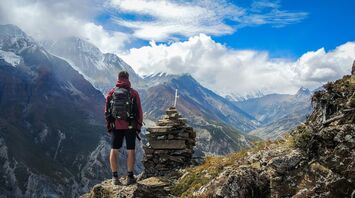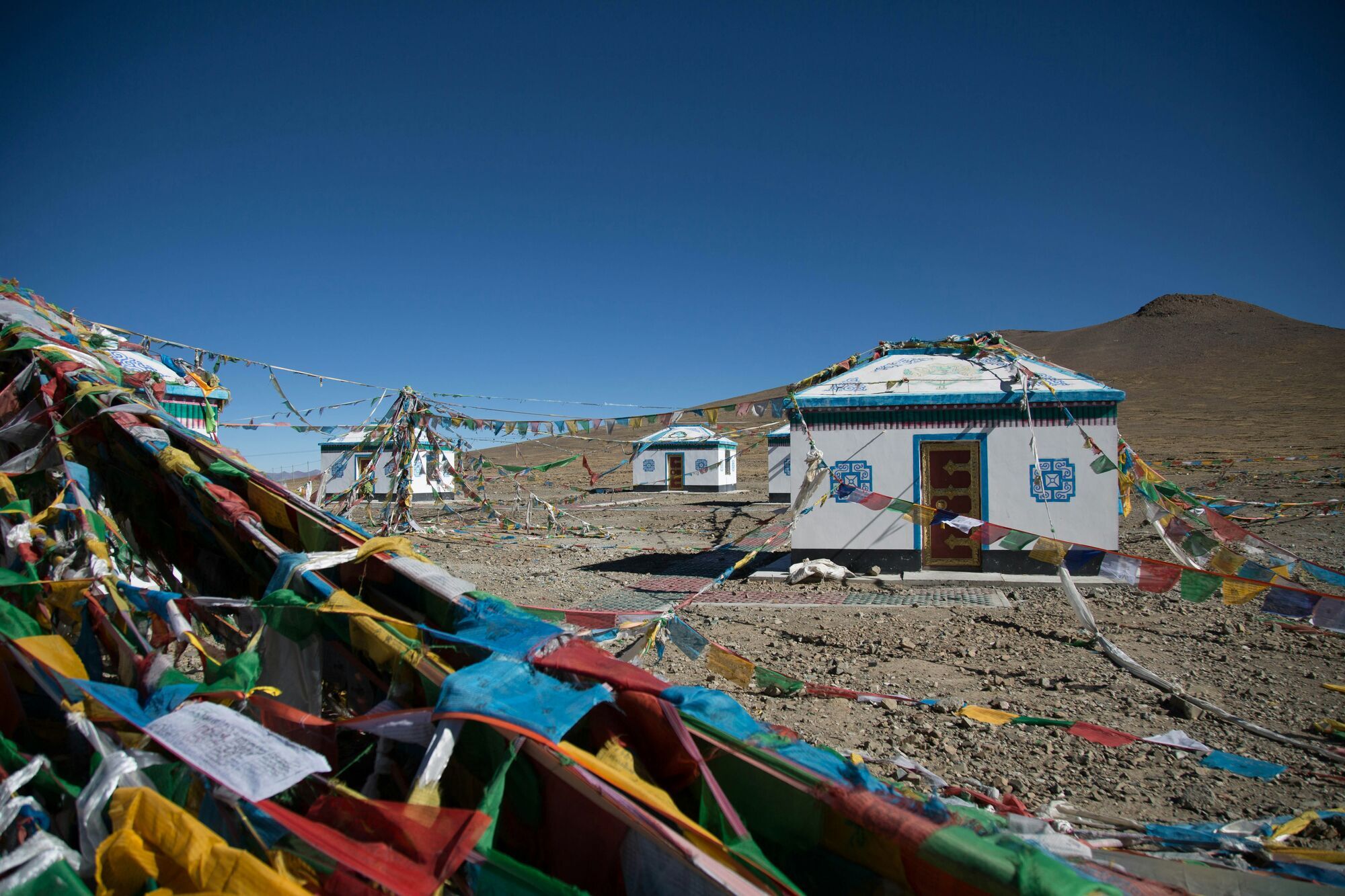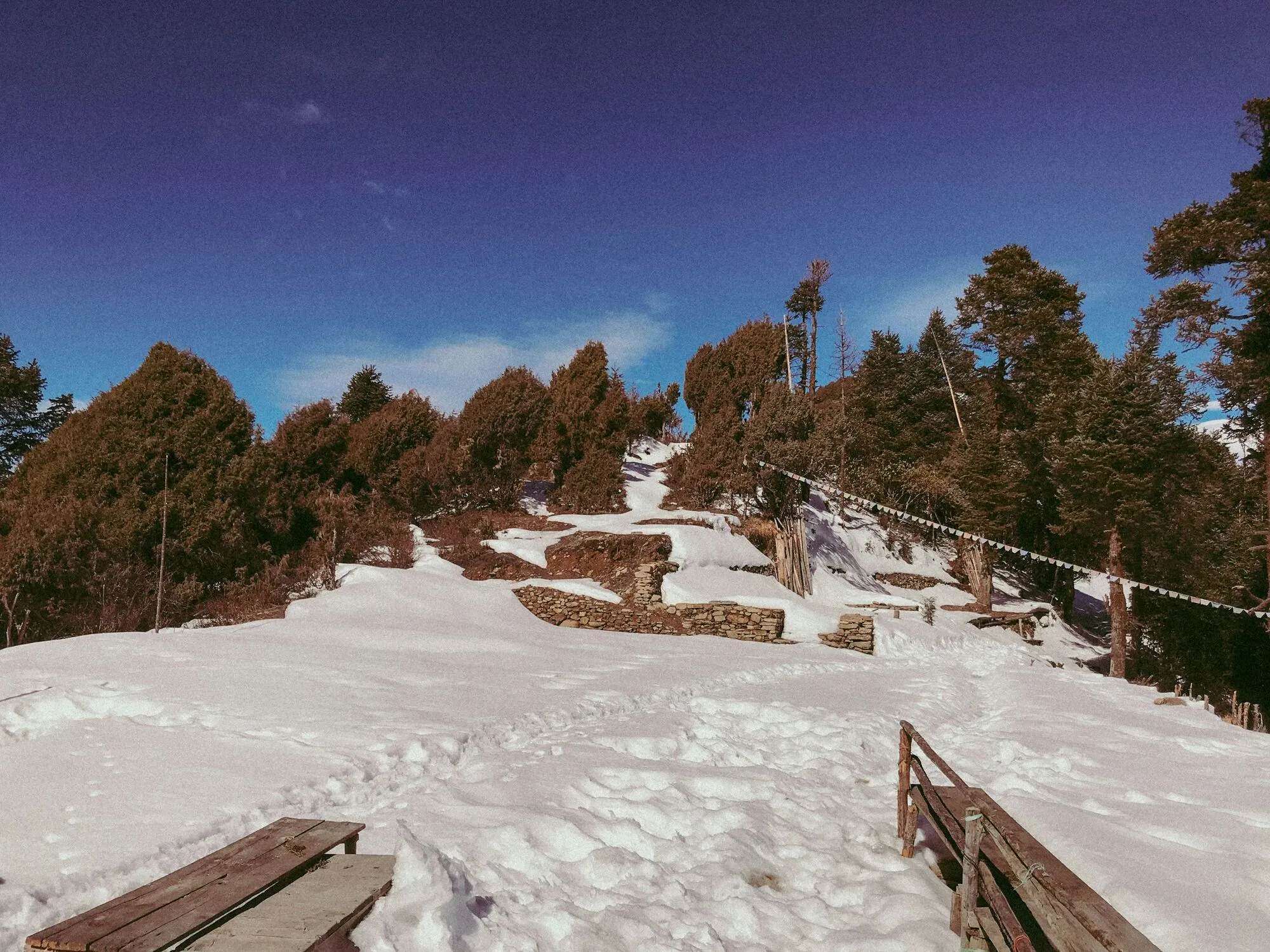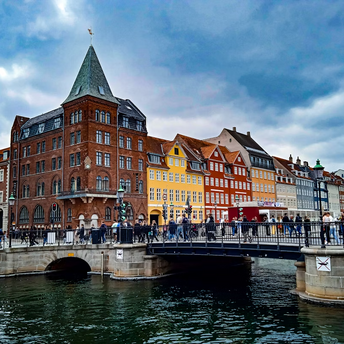Exploring Nepal’s Himalayan Hiking Trails: A Photographer’s Paradise

Nepal’s Himalayan trails, winding through some of the most awe-inspiring landscapes on Earth, offer more than just trekking opportunities—they provide an unparalleled canvas for photography enthusiasts. From the iconic peaks of Mount Everest to hidden valleys and ancient villages, these trails captivate hikers and photographers alike, blending natural beauty with cultural depth. For those seeking a journey that combines physical challenge with creative inspiration, Nepal’s trails are a dream destination.
Everest Base Camp: Capturing the World’s Tallest Peak
The Everest Base Camp (EBC) trek is a bucket-list experience for adventurers and photographers alike. Stretching over 80 miles round trip, this trail takes trekkers through Sherpa villages, suspension bridges, and panoramic vistas of towering peaks, including Mount Everest itself. Key photo opportunities include the sunrise over Everest from Kala Patthar, the Tengboche Monastery framed against snow-capped peaks, and the colorful prayer flags fluttering at high-altitude passes.

The trek also offers moments to document the lives of the Sherpa people, whose resilience and hospitality are integral to the experience. Photographers can capture traditional homes, yak caravans, and sacred sites along the trail, creating a narrative that intertwines nature and culture.
Annapurna Circuit: Diverse Landscapes in One Trek
The Annapurna Circuit, often described as one of the world’s greatest treks, showcases Nepal’s ecological and cultural diversity. Spanning 128 miles, this trail transitions from lush subtropical forests to arid, high-altitude deserts, offering photographers an incredible range of landscapes. The Thorong La Pass, at nearly 18,000 feet, is a highlight, with sweeping views of the Annapurna and Dhaulagiri ranges.

The circuit also passes through picturesque villages like Manang and Marpha, where traditional architecture and vibrant festivals provide a rich cultural backdrop. Photographers will find endless subjects, from terraced fields to prayer wheels spinning in the mountain breeze.
Langtang Valley: A Hidden Gem for Photographers
The Langtang Valley trek, less crowded than the Everest and Annapurna routes, offers an intimate experience with nature. Known as the "Valley of Glaciers," this trek features dramatic mountain views, glacial streams, and fields of wildflowers. The village of Kyanjin Gompa, nestled at the foot of towering peaks, is an excellent base for exploring and photographing the surrounding landscapes.

The Langtang region is also home to the Tamang people, whose distinct culture and traditions provide rich storytelling opportunities for photographers. Festivals, rituals, and daily life in these high-altitude communities add a human dimension to the natural beauty.
Practical Tips for Photographers
- Pack Smart: Lightweight, durable camera gear is essential for high-altitude treks. A versatile zoom lens and a lightweight tripod can cover most needs.
- Adapt to Weather: The Himalayas are known for unpredictable conditions. Waterproof bags for equipment and extra batteries are critical, as cold temperatures can drain power quickly.
- Capture the Golden Hours: Early mornings and late afternoons offer the best lighting for mountain photography, with soft, diffused light highlighting textures and contrasts.
- Respect Local Culture: Always ask permission before photographing people or sacred sites, and engage respectfully with local communities.
Beyond the Lens: Immersing in Himalayan Culture
While the Himalayas are a visual spectacle, they also offer a deeply immersive cultural experience. Staying in teahouses, interacting with locals, and learning about Buddhist traditions enrich the journey, providing context and meaning to the images captured.
Festivals like Mani Rimdu in the Everest region or Tiji in Mustang bring an explosion of color and activity to the trails, offering unique opportunities for cultural photography. These events highlight the resilience and spirituality of the mountain communities, which have thrived in harmony with their challenging environment for centuries.



















